
Robotics is a smoking-hot industry that's evolving by literal leaps and bounds, and the top researchers in the field are also some of sci-fi's geekiest fans.
Robin Murphy, the Raytheon professor of computer science and engineering at Texas A&M University, specializes in artificial intelligence for robotics. As a component of her curriculum, she writes "Science Fiction, Science Fact," a series of provocative, engaging articles that highlight the myriad differences between the robots and droids depicted in popular science fiction films and the best sci-fi TV shows and actual robots and autonomous machines working in the real world.
Although "The Mandalorian" and "The Book of Boba Fett" excel in depicting visually arresting Star Wars droids, their mechanical designs are not only impractical but often no match for real robots, Murphy explained in a column in the journal Science Robotics.
In addition to being one of the finest minds in robotics, she's the distinguished author of several MIT Press books on the topic, including "Robotics Through Science Fiction" (2018), "Introduction to AI Robotics" (2001, 2018) and "Disaster Robotics" (2014). Murphy is also an expert in the field of disaster robotics and, from 2002 to 2018, was the director of the Center for Robot-Assisted Search and Rescue, where she is now vice president.
Space.com spoke with Murphy regarding the wide gap between fictional androids in hit shows such as Disney Plus' "The Mandalorian" and "The Book of Boba Fett" and real cutting-edge robots, and how modern robots might integrate into 21st-century society. (This interview has been edited lightly for clarity.)
Related: Best movie robots in sci-fi
- Want to try Disney Plus? You can get a 7-day free trial here
- Sign up for Disney Plus for $6.99/month
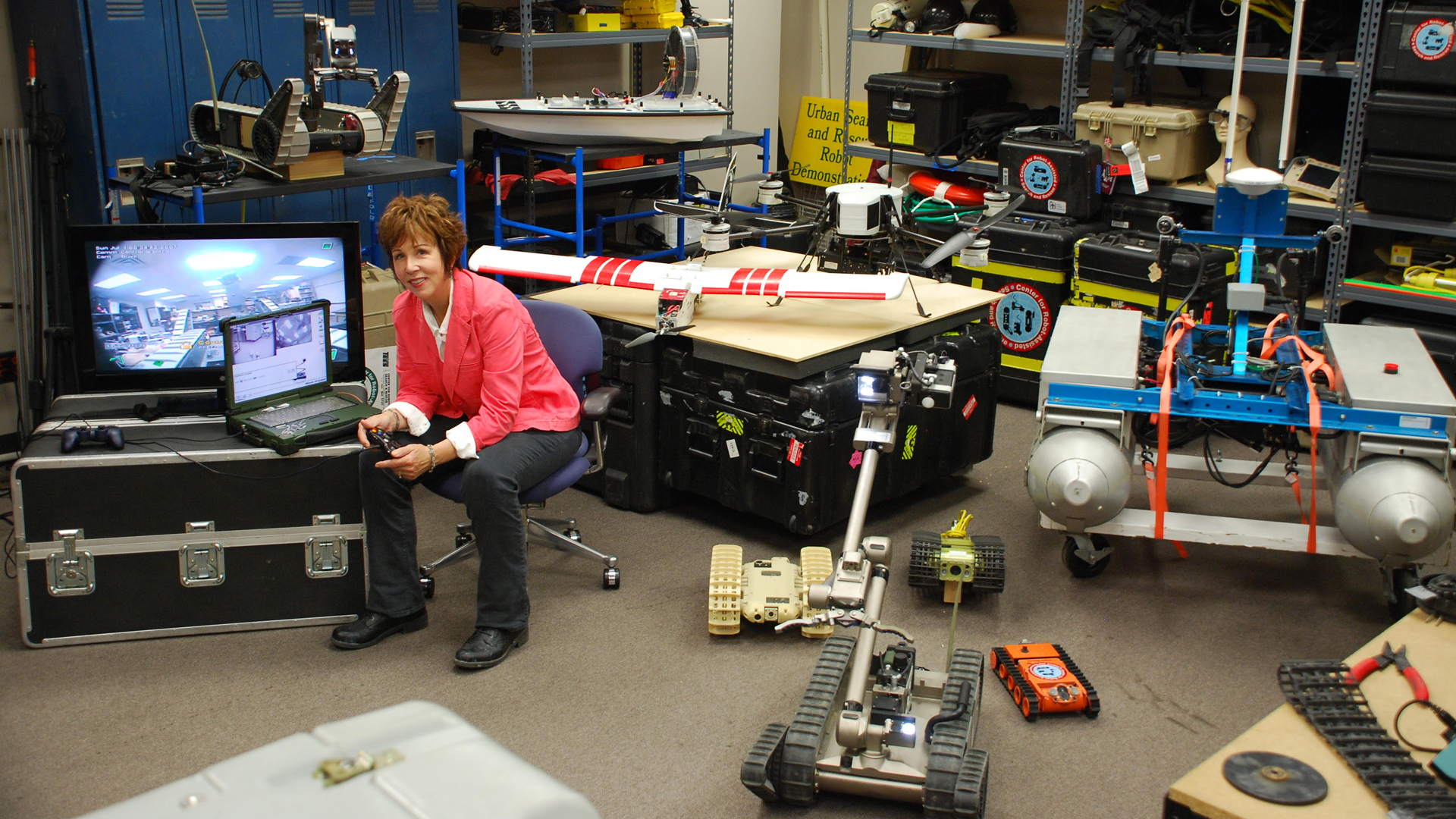
Space.com: What are the goals of your "Science Fiction, Science Fact" articles?
Get the Space.com Newsletter
Breaking space news, the latest updates on rocket launches, skywatching events and more!
Murphy: With my innovative teaching, I use science fiction as case studies, and that helps students see a more complex ecosystem than just worrying about a particular algorithm and to think bigger about timed systems principles. For things that we can't yet do with AI, we've seen some explorations of that in science fiction, and sometimes, it's not even vaguely correct.
For "Science Robotics," I write this "Science Fiction, Science Fact" column that bridges what really happens in robotics with science fiction. What is possible, what is feasible, what is plausible and what really can we or should we do? Or, in many cases, [if we should] be thinking about it, because a lot of the time, the ethical ramifications will come out of science fiction.
Space.com: What are your particular associations with "Star Wars" and early gateway into science fiction?
Murphy: For the first book I read that wasn't like a McGuffey Reader or "See Dick and Jane" stuff, I had snuck in and got my dad's copy of "The Green Hills of Earth" anthology, by Robert Heinlein. It was game on! I consider myself, to this day, a Heinlein babe. The first story in that book is "Delilah and the Space Rigger," about a space station under construction. [G.] Brooks McNye, the female electrical engineer in the story, was mouthy and guys might push on her, but she just pushed right back and kept going. And that's pretty much been my career.
I stood in line to see "Star Wars" the second week it was out back in 1977, when it became the phenomenon. Then, years later, I saw Kurosawa's "The Hidden Fortress" and thought, "Ah-ha!" and realized all the similarities, especially with "Star Wars'" two sidekick droids.
Related: R2-D2 Gets Real: 'Star Wars' Droids Already Exist
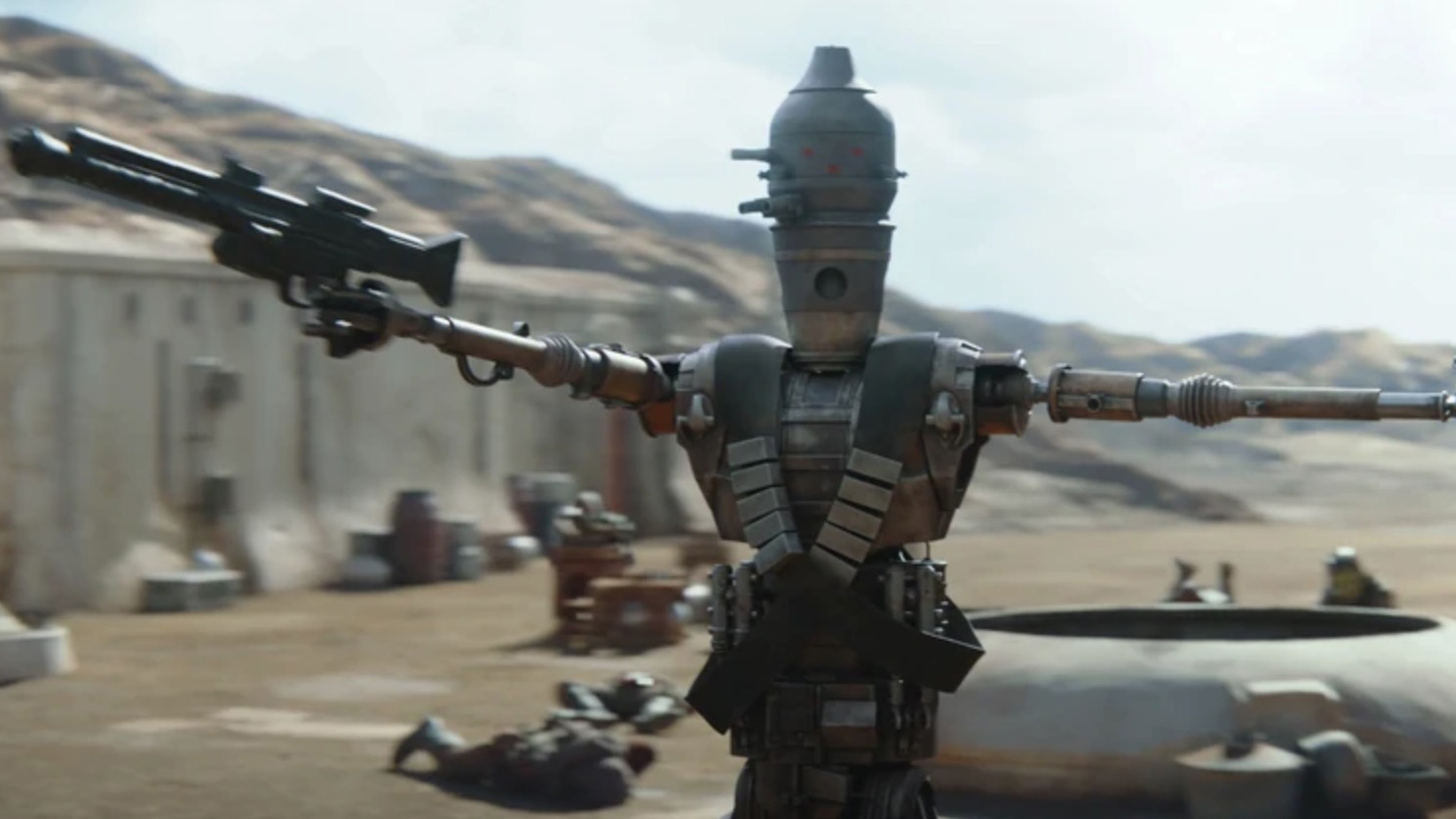
Space.com: Why are there virtually no robots in the "Star Trek" universe, compared with the many in "Star Wars"?
Murphy: Right, there are no robots in the "Star Trek" universe, except for ones like Data and the Borg. I think that [creator Gene] Roddenberry's original vision was very humanistic. It's people being good and that they could do good things, embrace change, embrace new civilizations and new worlds to represent the best. There wasn't a lot of internal squabbling.
Space.com: Does "Star Wars" get a pass for its impractical and unrealistic robot design, since it's supposed to be set in a fictional past?
Murphy: I put "Star Wars" into the best of the B-movie serials of the '30s and '40s. I'm not looking for any fidelity in anything technical with this. The only thing we're missing is "Flash Gordon" and Emperor Ming. I loved how in "The Mandalorian" and "The Book of Boba Fett," we now have Dune's sandworms with the Krayt dragon. "Star Wars" is a wonderful throwback, so the rules are different.
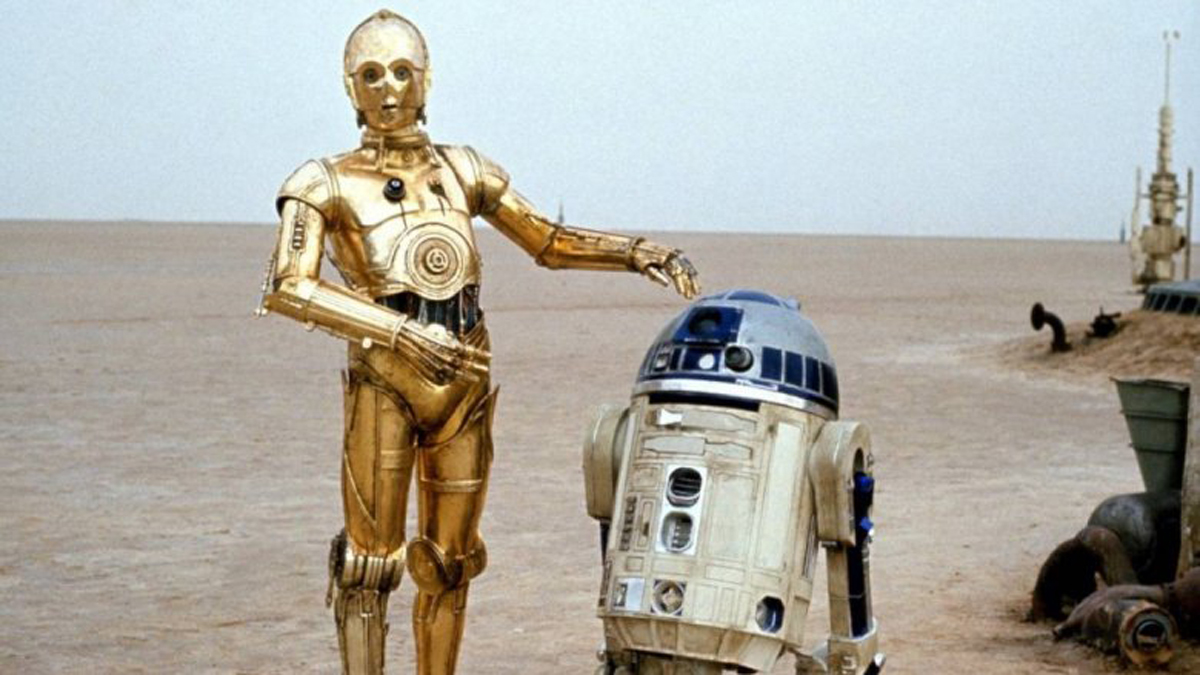
But it's pretty hard to think of what they're getting right in terms of technical things. And I don't want "Star Wars" to be a robot documentary, but it's definitely not how you would do it. First off, they're putting robots in for what people do. That never works. It never has — never in the history of automation — and it's really bizarre. We have teaching robots, yet we have R2-D2 that can understand human speech but can't generate human speech, even though right now, Siri can generate human speech but has a heck of a time understanding context. So it's the exact opposite. Oh, it's fun, and I love it — but there's nothing right about it.
Look at the Krayt dragon. We've got a mining town being terrorized by sandworms and we're doing mining, but there's no robots and no automation. Yet that's how we mine now! And, of course, the Empire's chicken-walkers — if there's anything I relate to in the "Star Wars" universe, it's with the Ewoks. Every time I see an AT-AT or an AT-ST, I'm like, "Come on, bring it to me, sweetie. I can get rid of this one really quick."
Space.com: Are you able to watch "Star Wars" shows without your professor's hat on as pure entertainment, or do you analyze every misplaced servomotor?
Murphy: Oh, heck yes; it's so wonderful. "The Mandalorian" was so good. More Baby Yoda! And IG-11 is totally unrealistic in almost every possible dimension there is, but what a great story arc.
Space.com: If you had the keys to the "Star Wars" kingdom, what would you change in its depiction of robots? Or does it not matter to audiences?
Murphy: I don't think it matters for entertainment purposes. But there's one thing that I think is really inconsistent that would be interesting to try and figure out. In "The Mandalorian," the insect-looking droid, Zero, tells Mando that it decided to join a criminal gang. How did it decide that? How does that work? Because C-3PO and R2-D2 were owned, and they just decided that they're suddenly not owned by people anymore. Then, you've got the whole thing with IG-11. He's constantly threatening to self-destruct, which could potentially kill or maim innocent bystanders.
That self-destruct sequence is hard-coded by the manufacturers to protect their intellectual property, but they'd be liable for all that collateral damage. If they looked a little more consistently about the rules of when can a droid be free, when can it be its own agent and who built it, that would help. What are the legal and ethical liabilities associated with them?
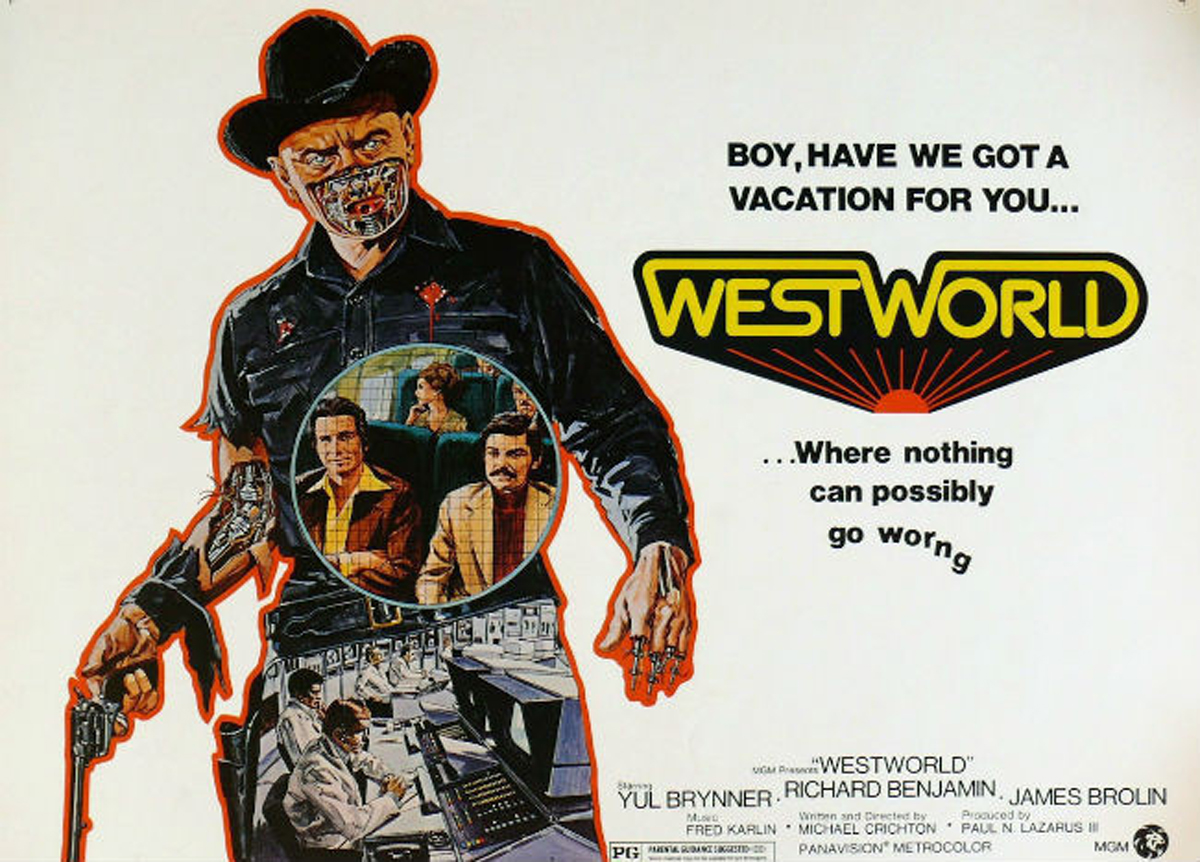
Space.com: What are some good examples of where Hollywood got robots right?
Murphy: I love the original "Westworld" from 1973. Look at how many people it took to run that park facility and those robots. They're constantly repairing them, and you got a little bit of that in the HBO "Westworld" series. There's a lot to it besides, "OK, we programmed it and that's it."
Space.com: Moving into the future, how do you think robots depicted in film and TV will better reflect current progress?
Murphy: I have no idea what they're aiming for in movies. I thoroughly enjoyed the first three "Terminator" movies, and I even liked the last one, "Terminator: Dark Fate." Then you've got to go back to the classics. I loved "2001: A Space Odyssey," and you can argue whether or not HAL is a robot. Yes, it is. It's able to act and affect change in the world. "The Day The Earth Stood Still" is still one of my favorites. I look at what's going on in Ukraine, and I think, where's Gort when you need him? And the replicants in "Blade Runner." So I think what we'll be seeing more of in the movies are things like "The Book of Boba Fett," where there's a herd of three Boston Dynamics Spot robots. And in "Loki," there was a security robot bumbling through. And Fennec is finally using a drone. Even Mars rovers are carrying drones now!
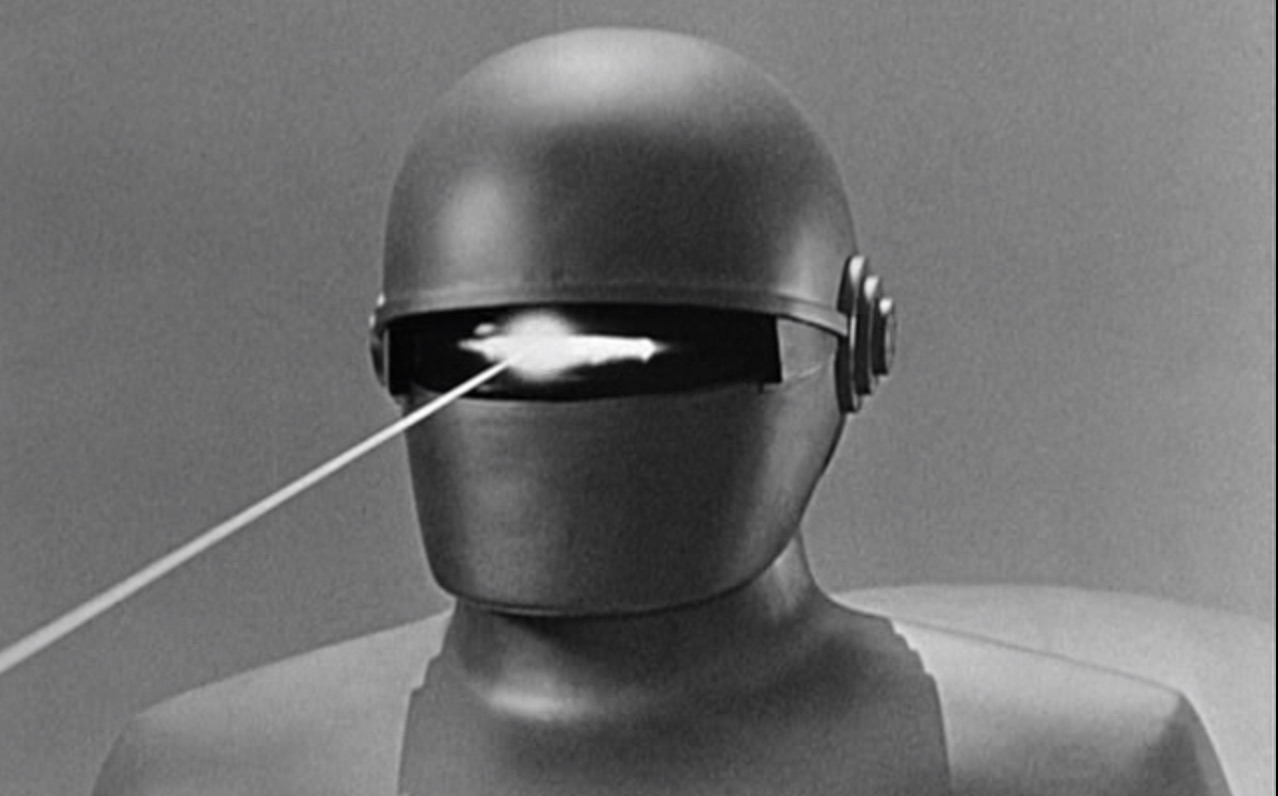
We're totally ignoring marine vehicles and things underwater. But I think the things we'll be seeing in the future is that robots are going to be more accurate as props. Robots as characters don't work very well, because they're not human equivalent, and we're not really making a lot of progress in that area. You can keep doing "Ex Machina" — a great movie, but not terribly realistic.
We should talk more about extrapolating legal and ethical issues with robots. You see groups like the European Union wanting to do robots right and saying we must be treating them ethically. But we're totally missing the mark about manufacturing reliability. Drones are basically flying weed whackers. What about all the self-driving cars — the accidents and deaths? Clearly, the testing methods are off. One of the downsides of the sci-fi films focusing on fun robots that are more human-like undermines the real issues we have to deal with in the next few years.
Follow us on Twitter @Spacedotcom and on Facebook.
Join our Space Forums to keep talking space on the latest missions, night sky and more! And if you have a news tip, correction or comment, let us know at: community@space.com.
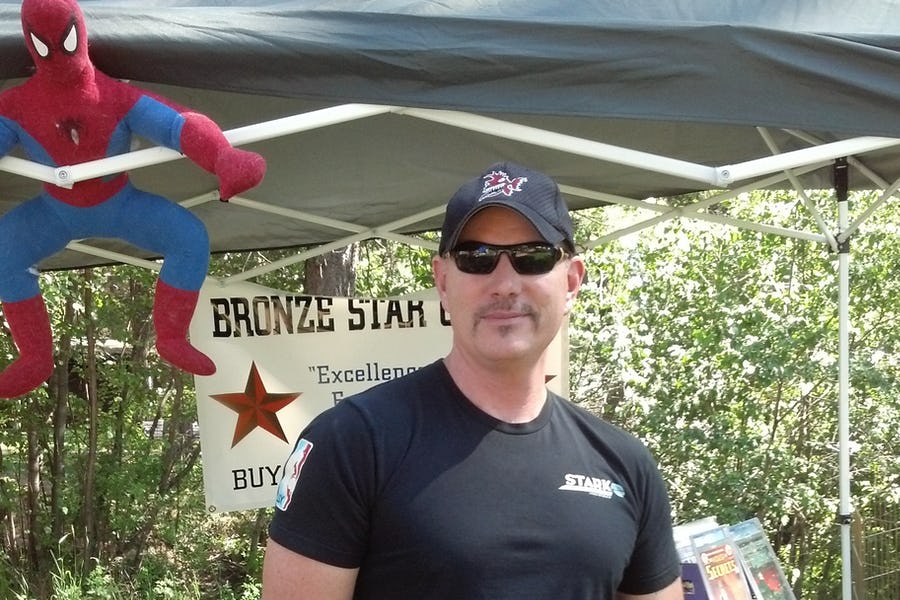
Jeff Spry is an award-winning screenwriter and veteran freelance journalist covering TV, movies, video games, books, and comics. His work has appeared at SYFY Wire, Inverse, Collider, Bleeding Cool and elsewhere. Jeff lives in beautiful Bend, Oregon amid the ponderosa pines, classic muscle cars, a crypt of collector horror comics, and two loyal English Setters.









